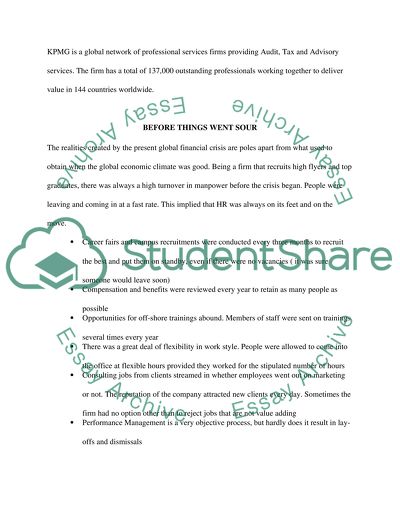Cite this document
(Human Resource Planning and Recruitment Strategies Case Study, n.d.)
Human Resource Planning and Recruitment Strategies Case Study. Retrieved from https://studentshare.org/human-resources/1520651-human-resource-planning-and-recruitment-strategies
Human Resource Planning and Recruitment Strategies Case Study. Retrieved from https://studentshare.org/human-resources/1520651-human-resource-planning-and-recruitment-strategies
(Human Resource Planning and Recruitment Strategies Case Study)
Human Resource Planning and Recruitment Strategies Case Study. https://studentshare.org/human-resources/1520651-human-resource-planning-and-recruitment-strategies.
Human Resource Planning and Recruitment Strategies Case Study. https://studentshare.org/human-resources/1520651-human-resource-planning-and-recruitment-strategies.
“Human Resource Planning and Recruitment Strategies Case Study”, n.d. https://studentshare.org/human-resources/1520651-human-resource-planning-and-recruitment-strategies.


